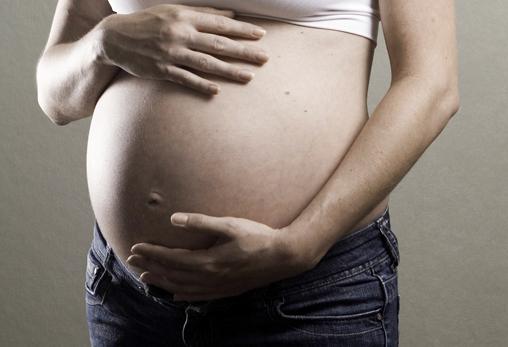As students, nearly all of us have been through the much-dreaded-but-entirely-necessary entity that is middle school Health and Sexual Education Class. We sat awkwardly in rows beside the classmates we had known for out entire lives, and listened to our unenthusiastic physical education teachers lecture on the male and female anatomies, condoms and those dreaded sexually transmitted diseases.
While the sole focus of sexual education classes in the United States is usually to encourage students to practice some form of safe sex — whether that be abstinence or the use of protection — Denmark has a particularly divergent idea.
The Denmark-based, non-profit organization, Sex and Society, which provides most of the nation’s schools with sex education, has instituted a recent change in their curriculum. In an effort to increase birthrate, Sex and Society aims to look at pregnancy in a more positive light, encouraging young students between the ages of 13 and 14 to remain more open to reproducing.
In Europe, increasingly low birthrates have become a point of concern in relation to economic and social crisis. With birthrates steadily decreasing, economic growth will decline, and more stress will be placed on public pension systems. Marianne Lomholt, the national director of Sex and Society told The New York Times, “For many, many years, we only talked about safe sex, how to prevent getting pregnant. Suddenly we just thought, maybe we should actually also tell them how to get pregnant.”
Multiple successful campaigns encouraging sexual activity have been conducted in Denmark throughout the past few years. The Danish travel company, Spies, targeted young couples specifically, urging them to travel to European capitals and “Do it for Denmark!” In fact, Denmark saw 1,000 more births in 2014 than it had in 2013. However, Sex and Society’s campaign is seemingly the first to be targeted at children within this age bracket.
Although Sex and Society’s curriculum change may appear to be positive, the idea seems quite reminiscent of the dystopian societies depicted in famous novels such as “Brave New World” and “1984.” By being inadvertently encouraged to reproduce for the benefit of the state, students may receive the wrong impression regarding the actual responsibility required for raising children. While an increase in pregnancies will ultimately lead to population growth, parenting also comes with the obligation to raise a competent and skilled child that these students may not have the ability to see to at their young age. The children these students bear, therefore, may come with detrimental consequences to the economy, rather than improve its circulation.
While 13- and 14-year-old students may not actually be choosing to reproduce right away, there still remains a significant concern about the way in which this campaign targets their age group. On the opposite end of the spectrum, though, the United States has also given in to extreme measures in encouraging students to abstain from sex entirely. These measures do not even expose students to the ways in which they can prevent pregnancies or STDs. While Sex and Society’s approach may seem radical, these students are, at the very least, being educated about what measures it takes to actually get pregnant.
Cultural differences may also be attributed to the lack of enthusiasm regarding Denmark’s plan. Although in many other nations, pregnancy at a young age is often encouraged, the United States has generally developed somewhat of a stigma against pregnancy before the age of 25 or 26, arguing that women below this age bracket are either unable or unwilling to reproduce. While 13- and 14-year-olds are still much too young to be bearing children, perhaps we should remain open to the idea that women in their young 20s should be reproducing. The issue, then, lies within the political push of the campaign.
Overpopulation is an altogether terrifying concept. While encouraging economic growth and increasing the number of jobs available to the public is healthy, this urgent push for children under the age of 18 to reproduce may actually be detrimental in the long run. Rather than encouraging students to engage in sexual activity, perhaps Denmark should focus on the established, young-adult audience among which its campaigns have already proven successful.




















































































































